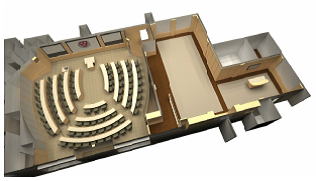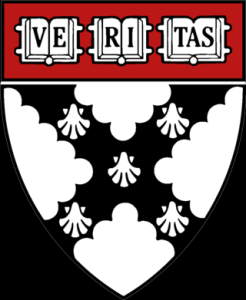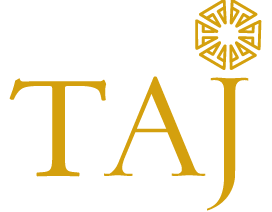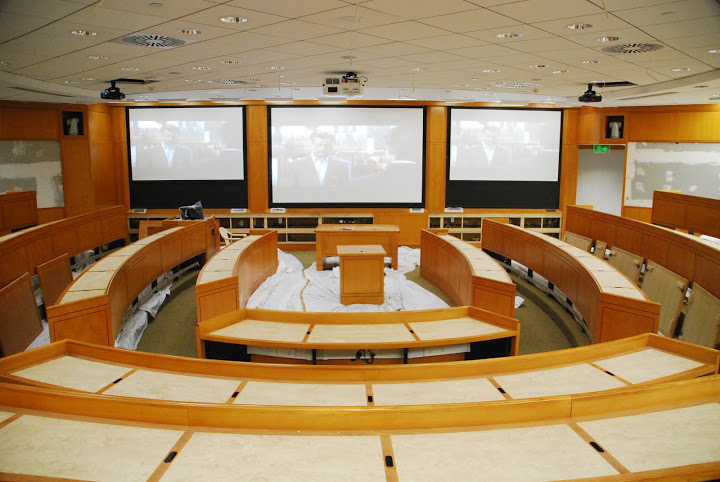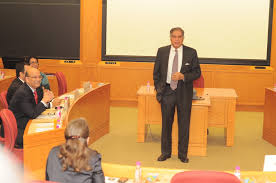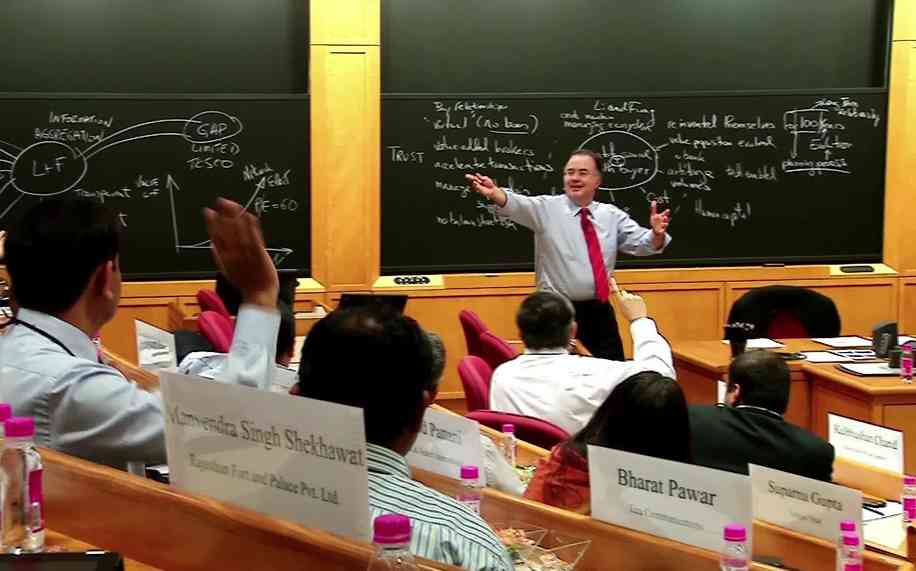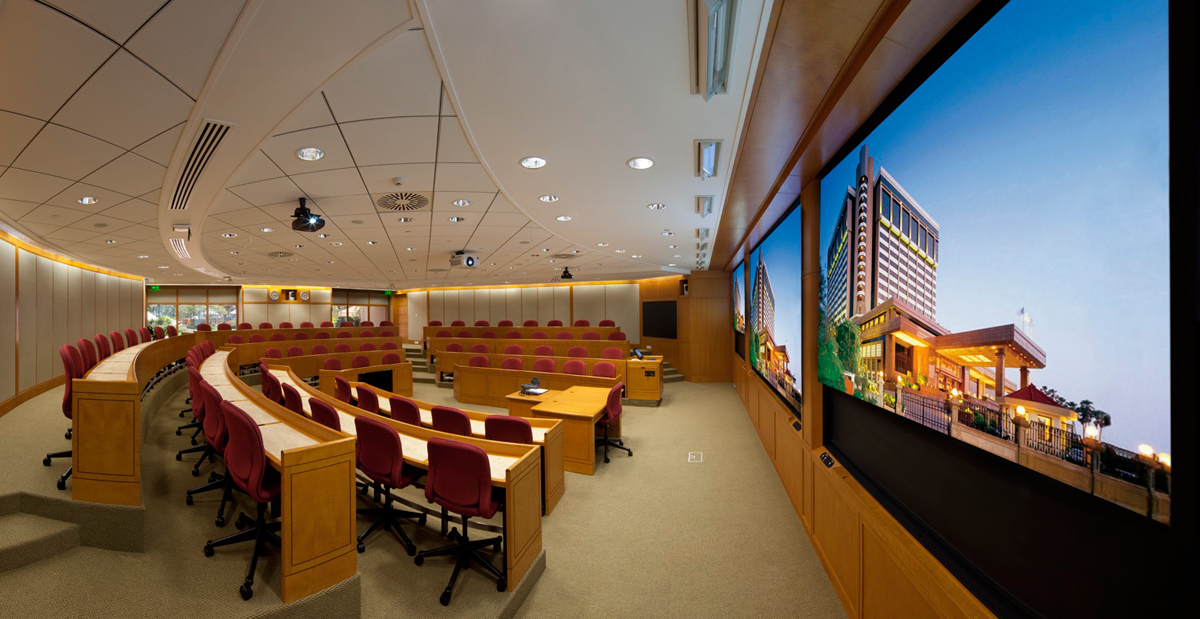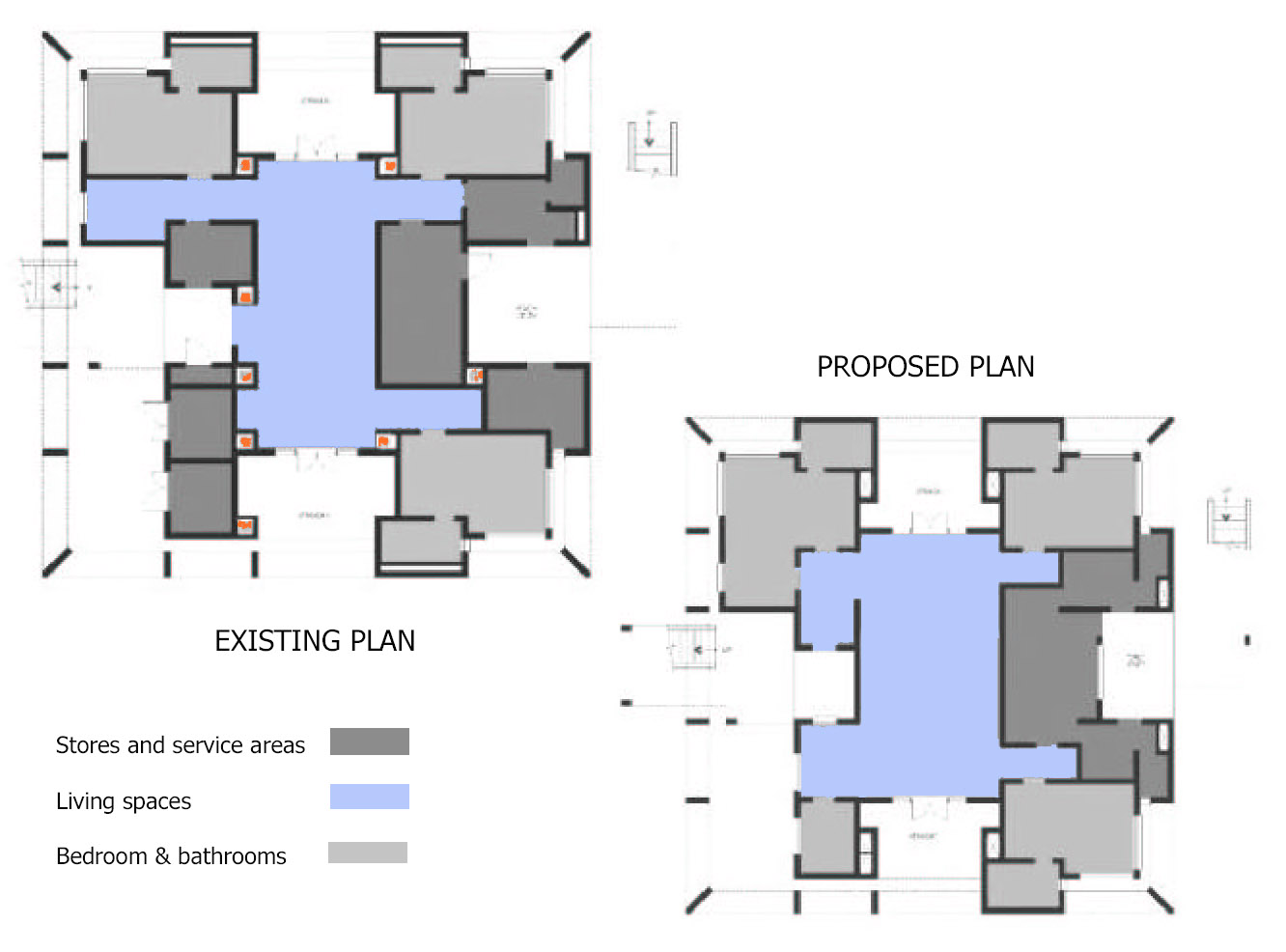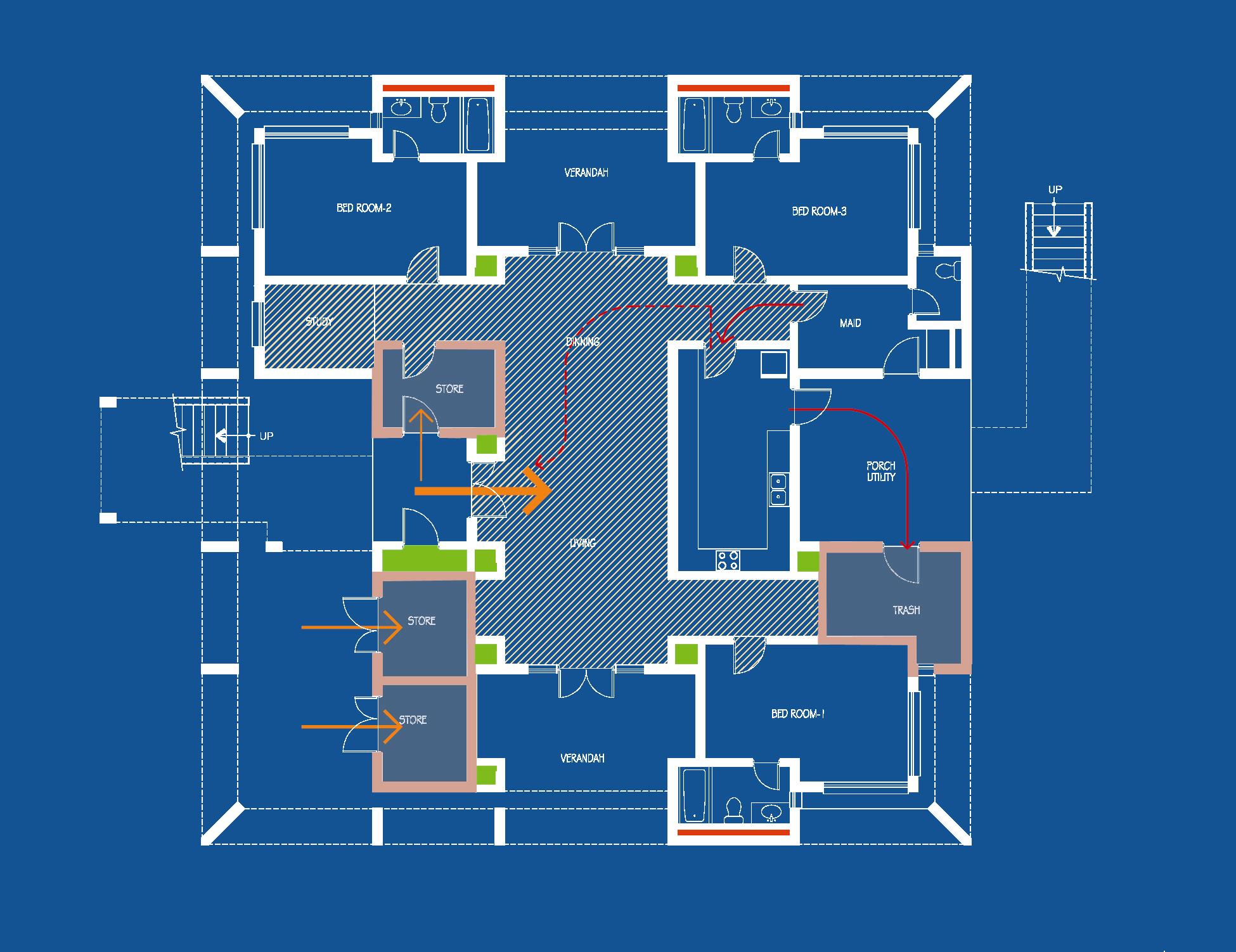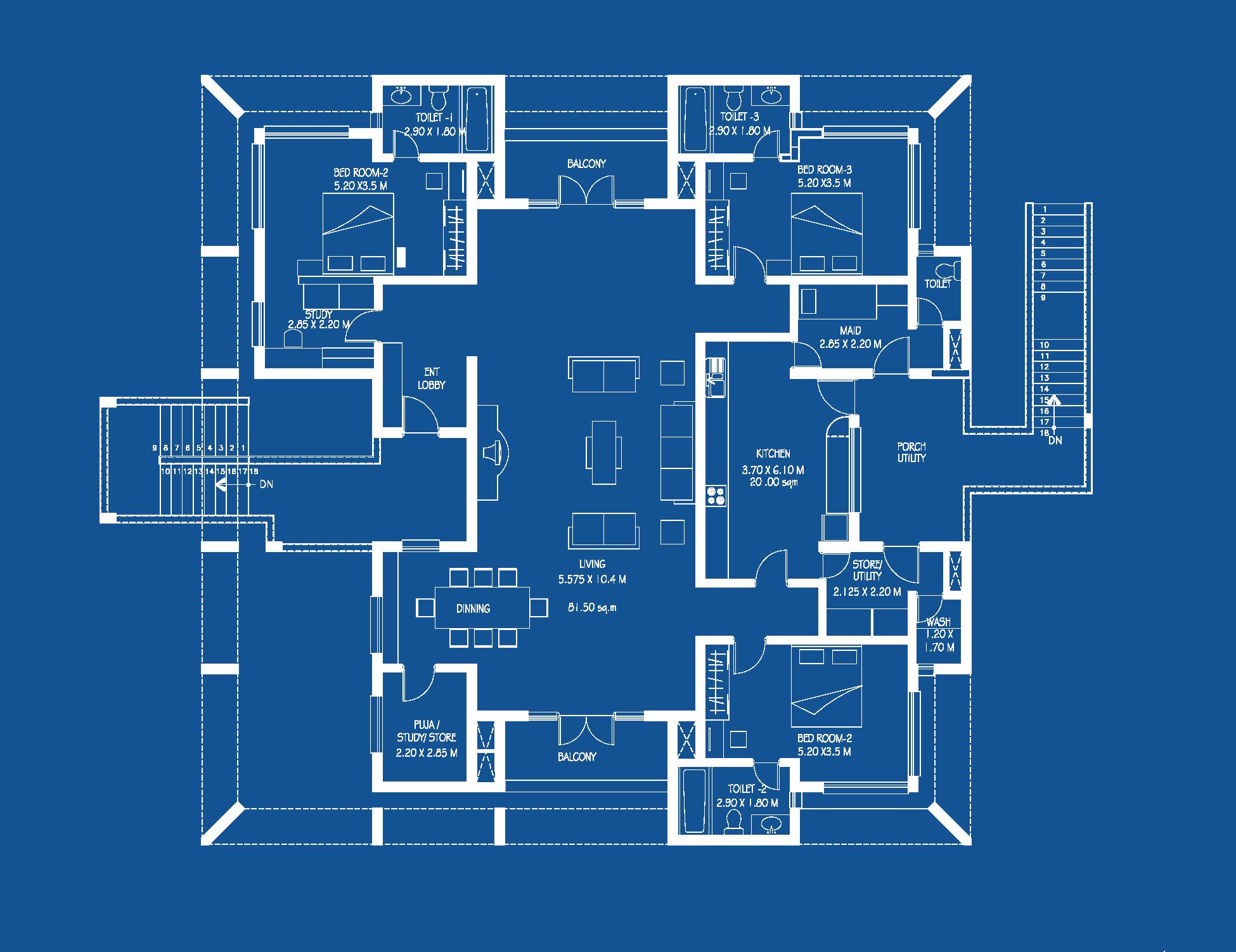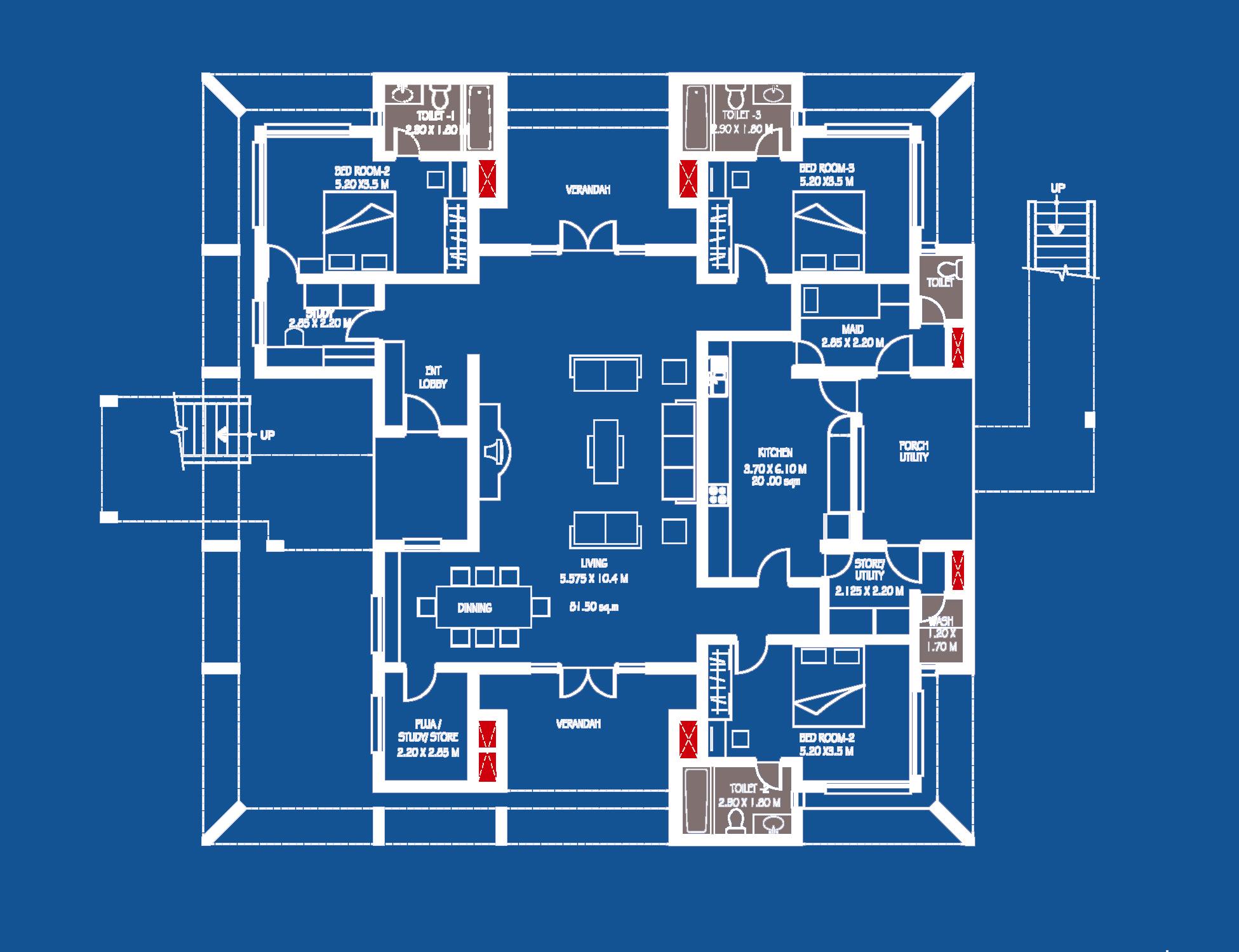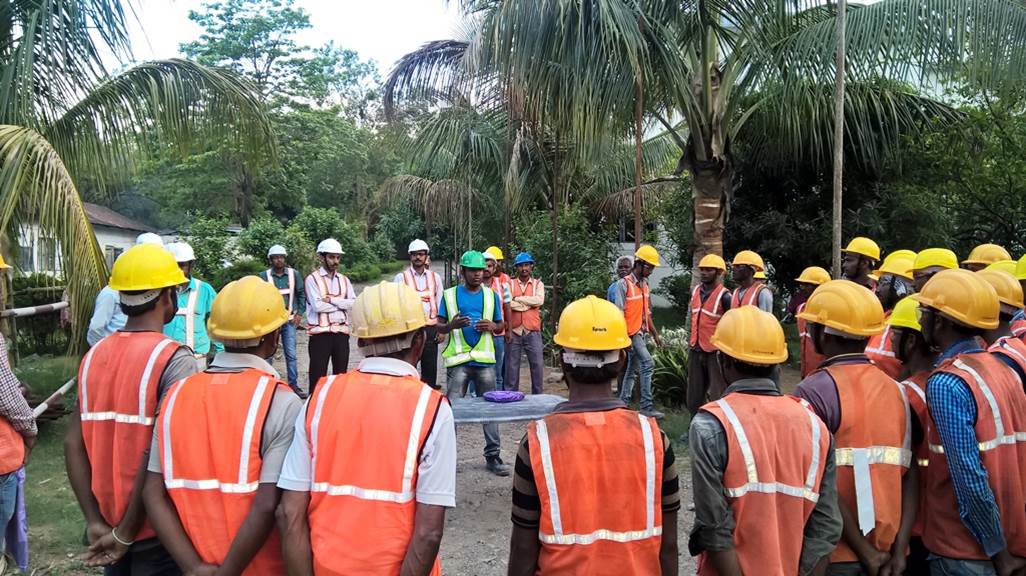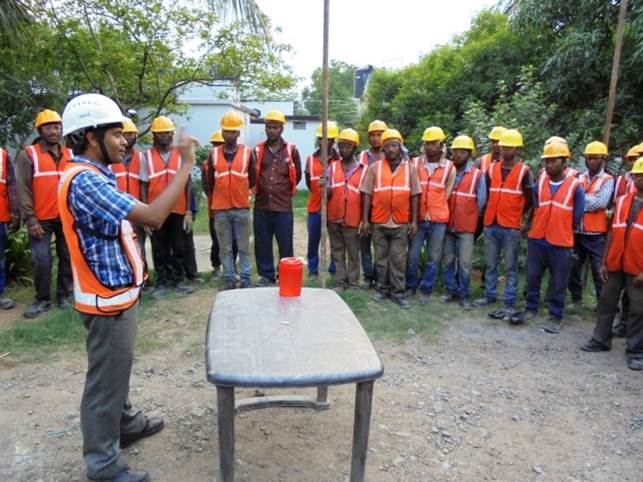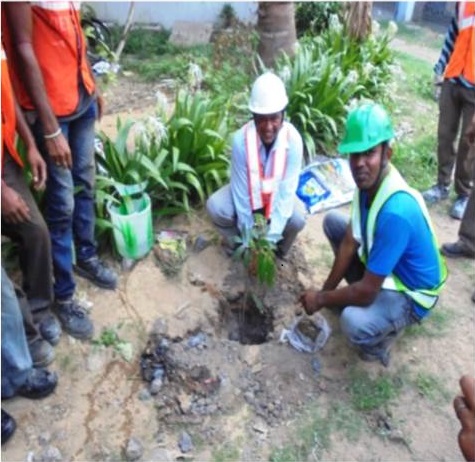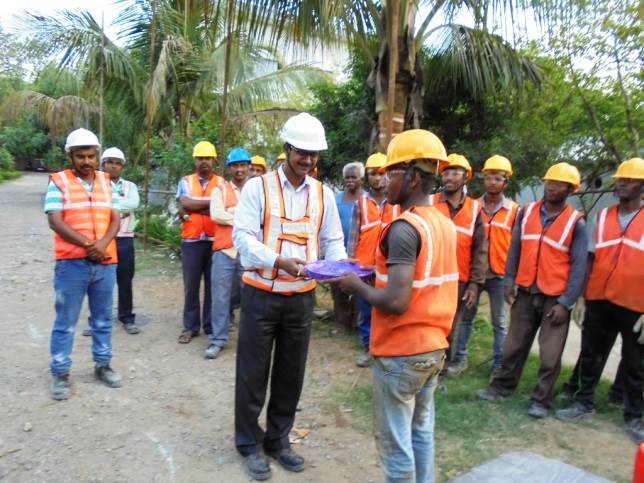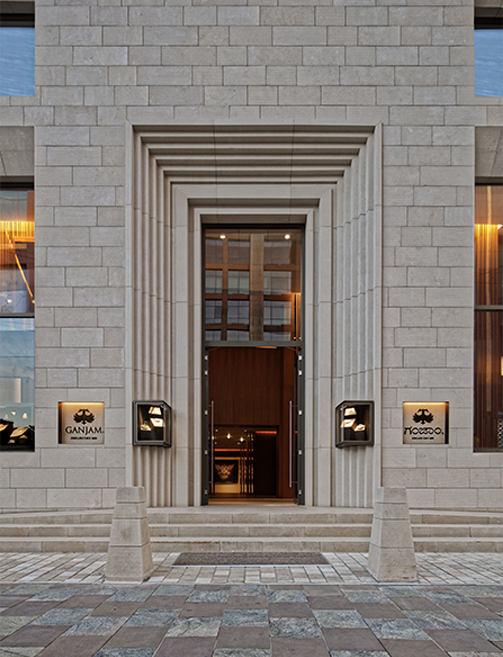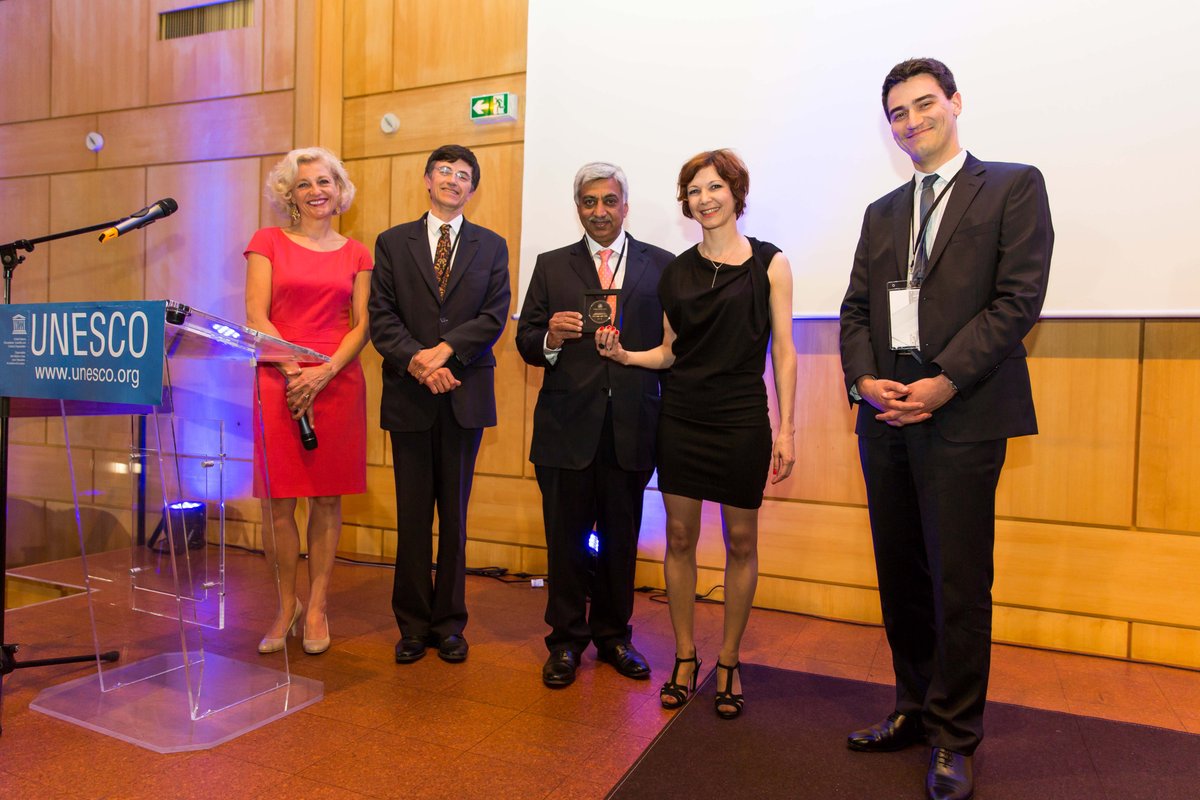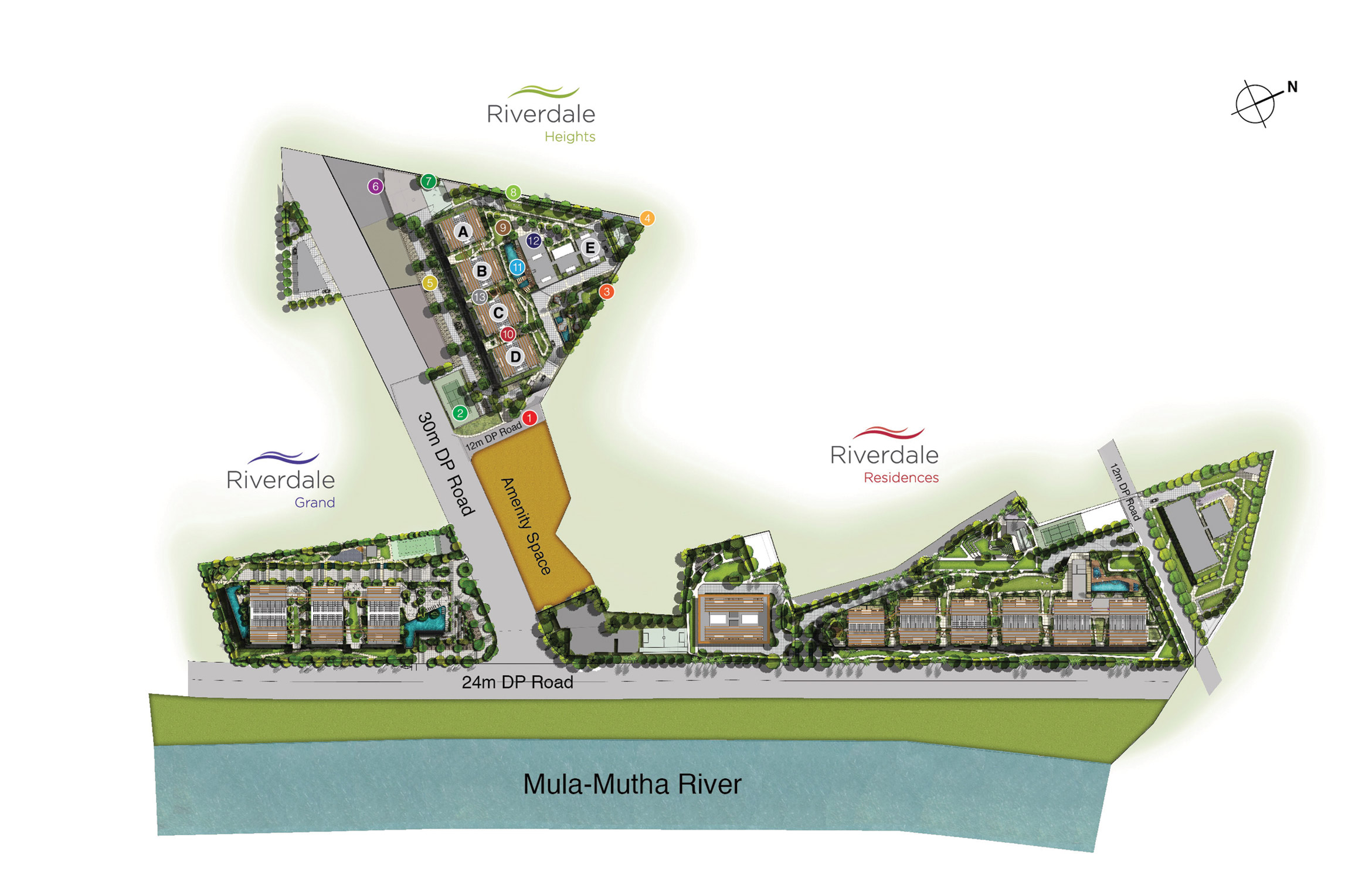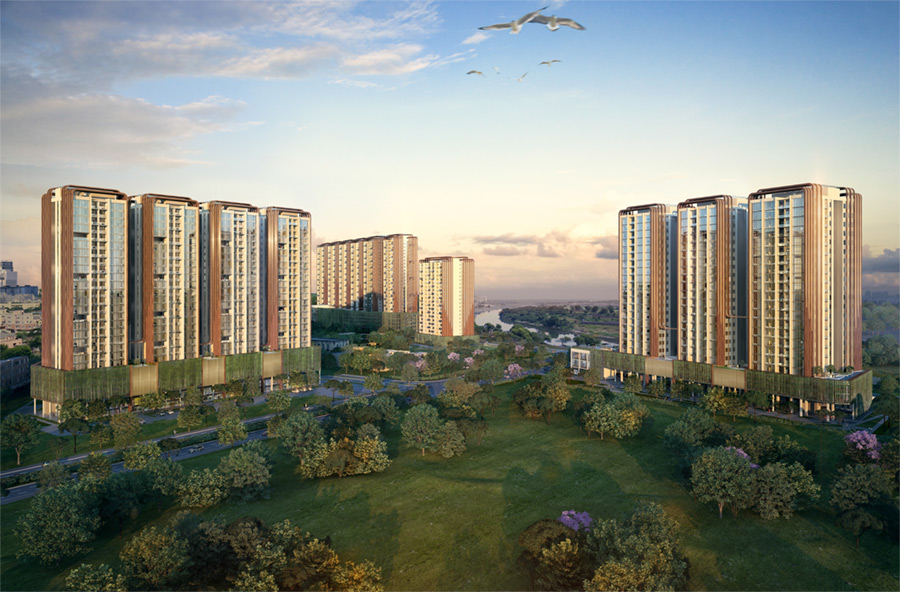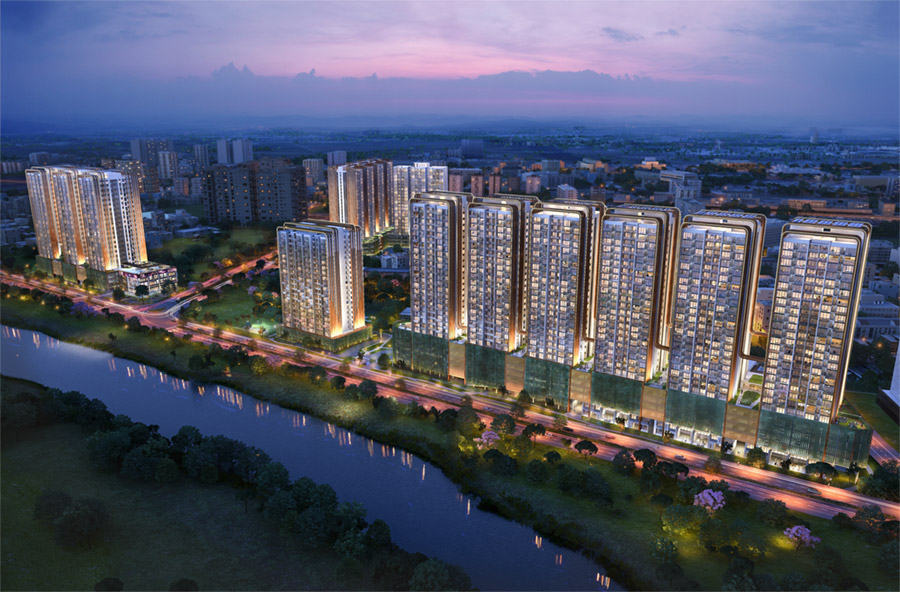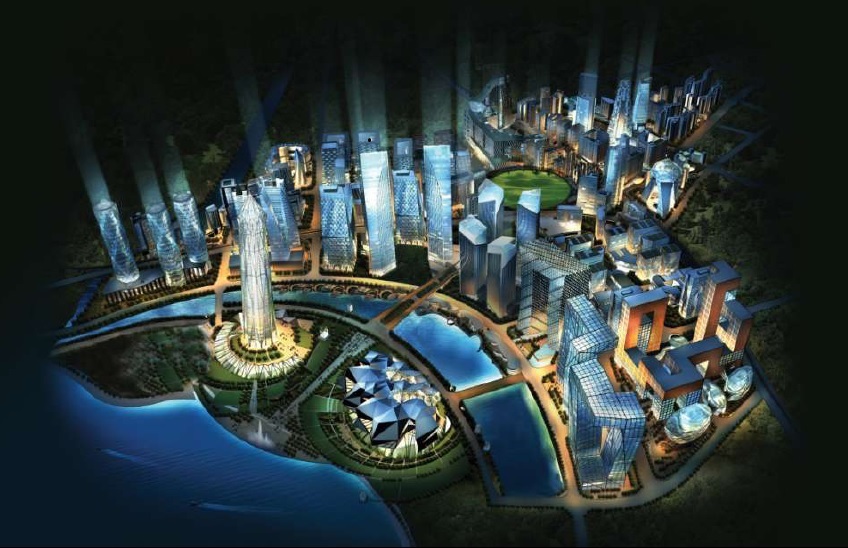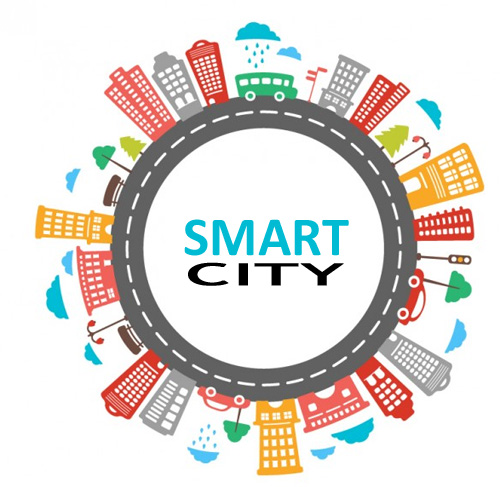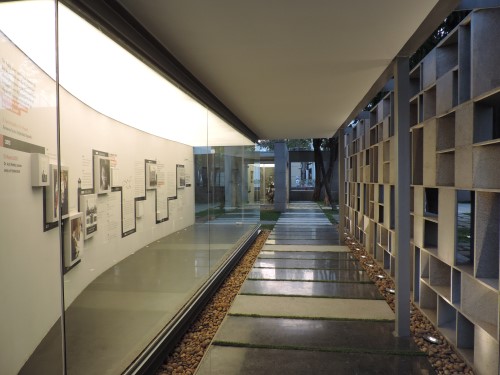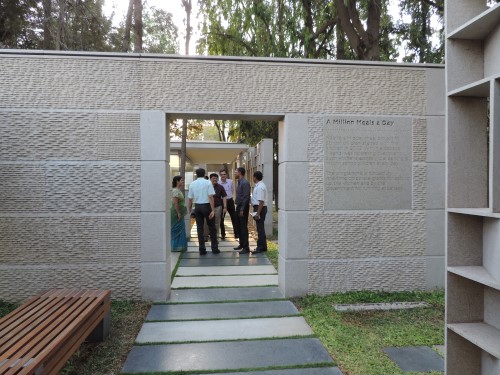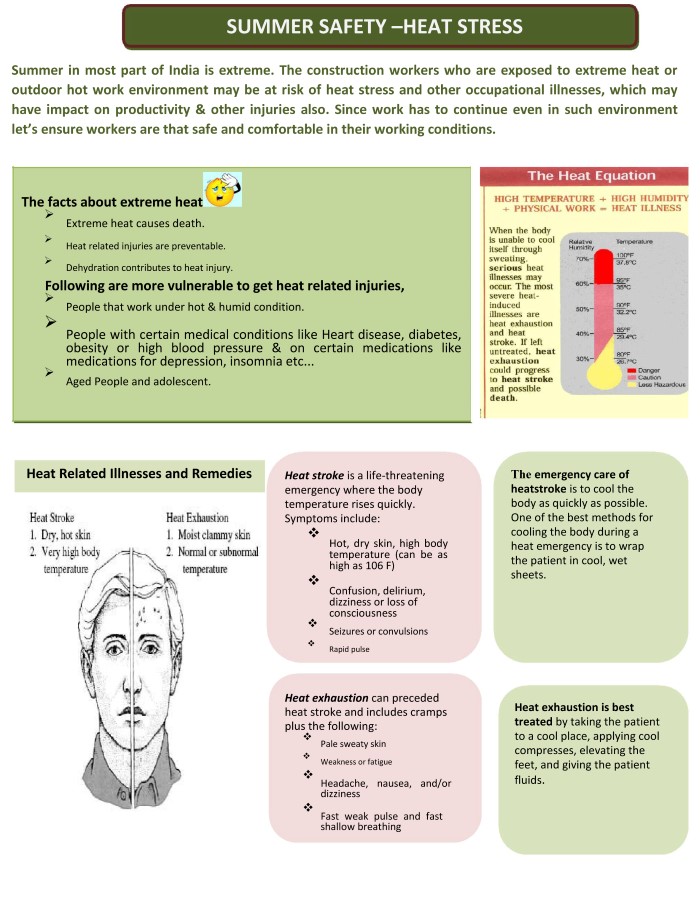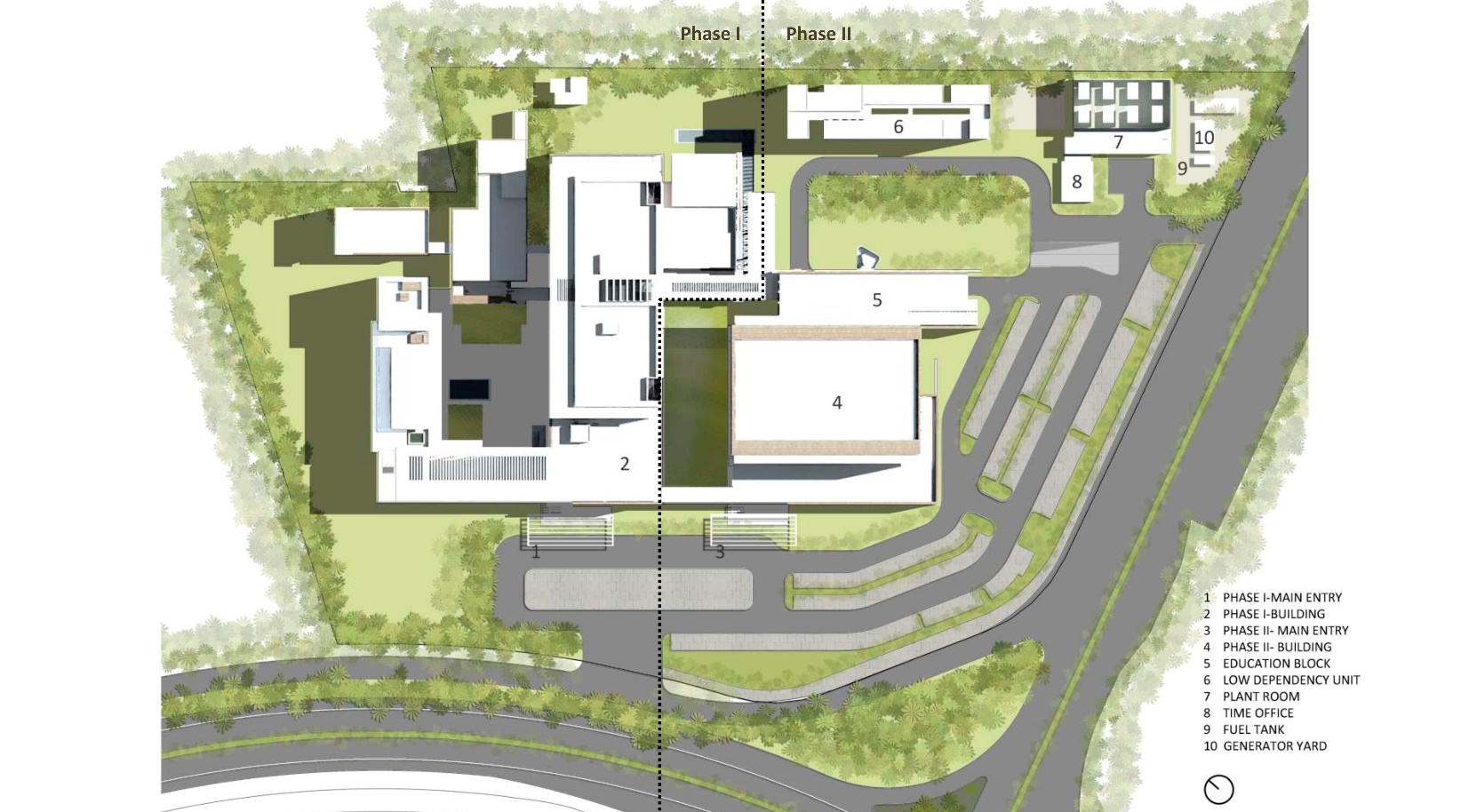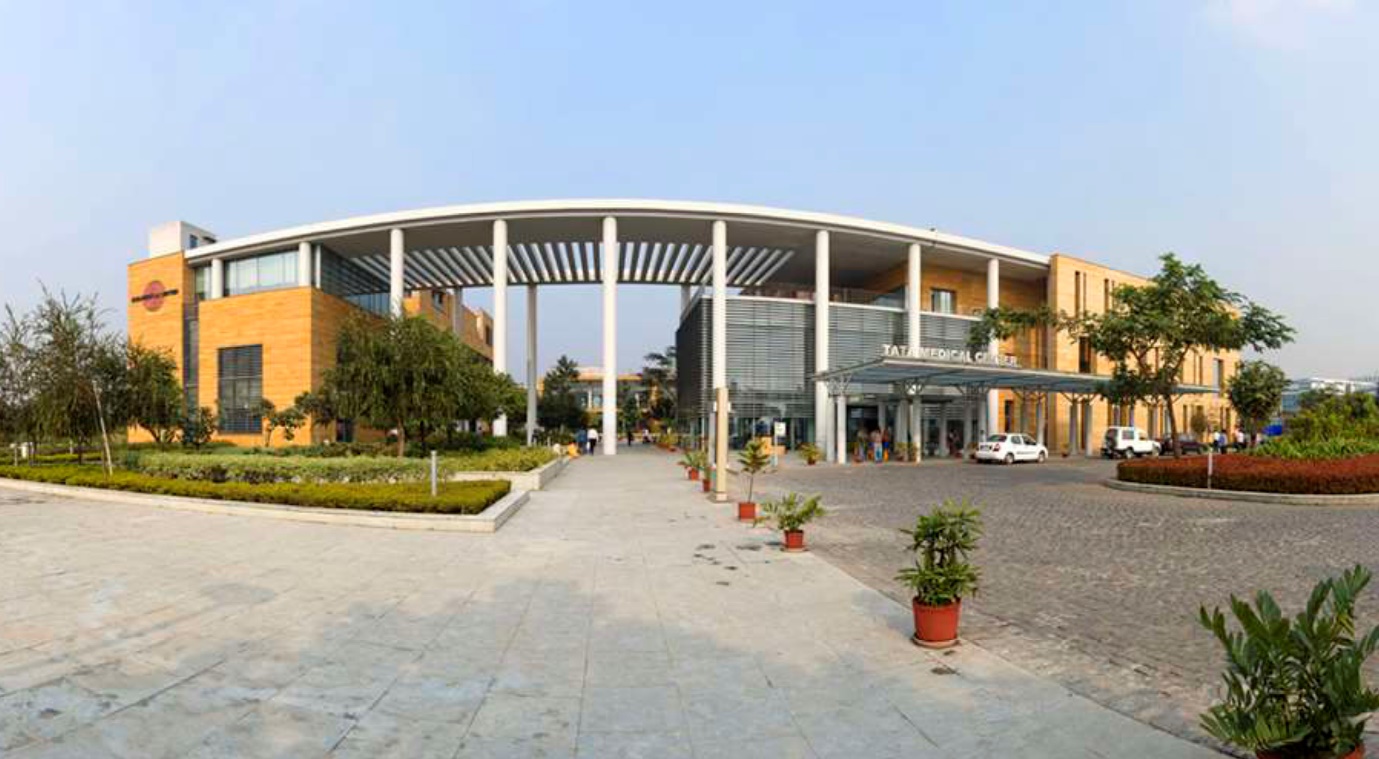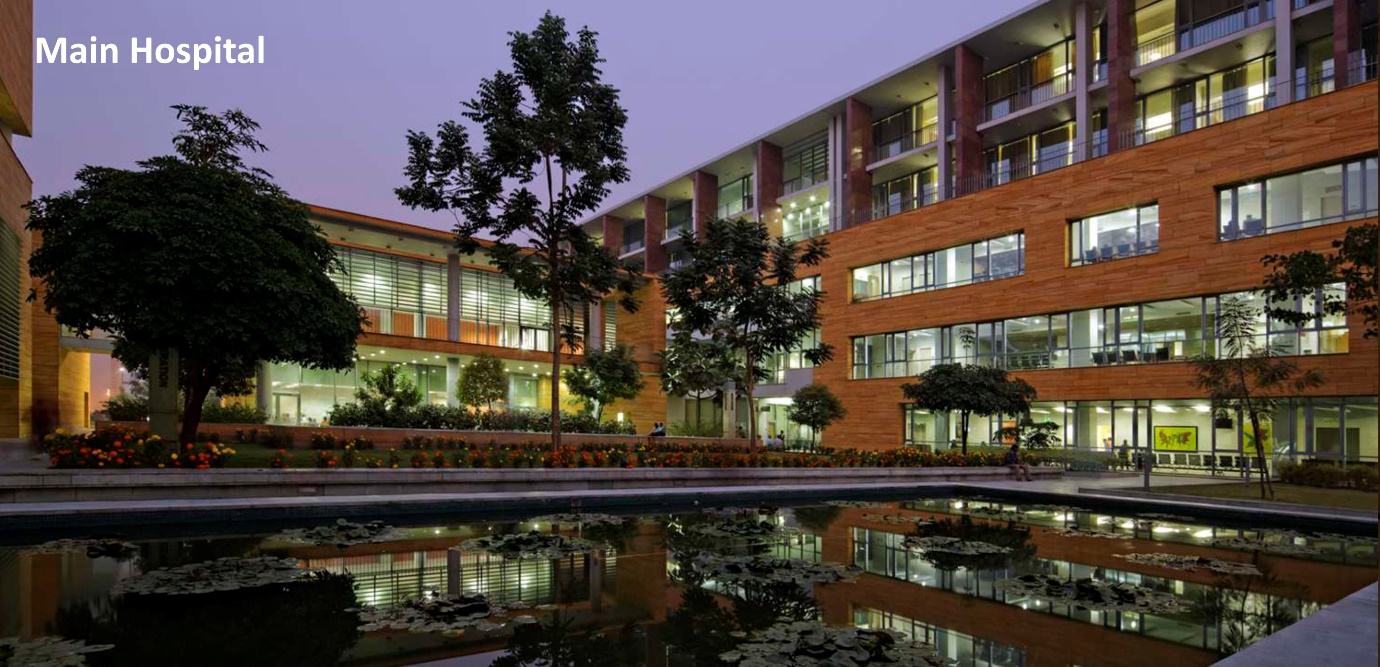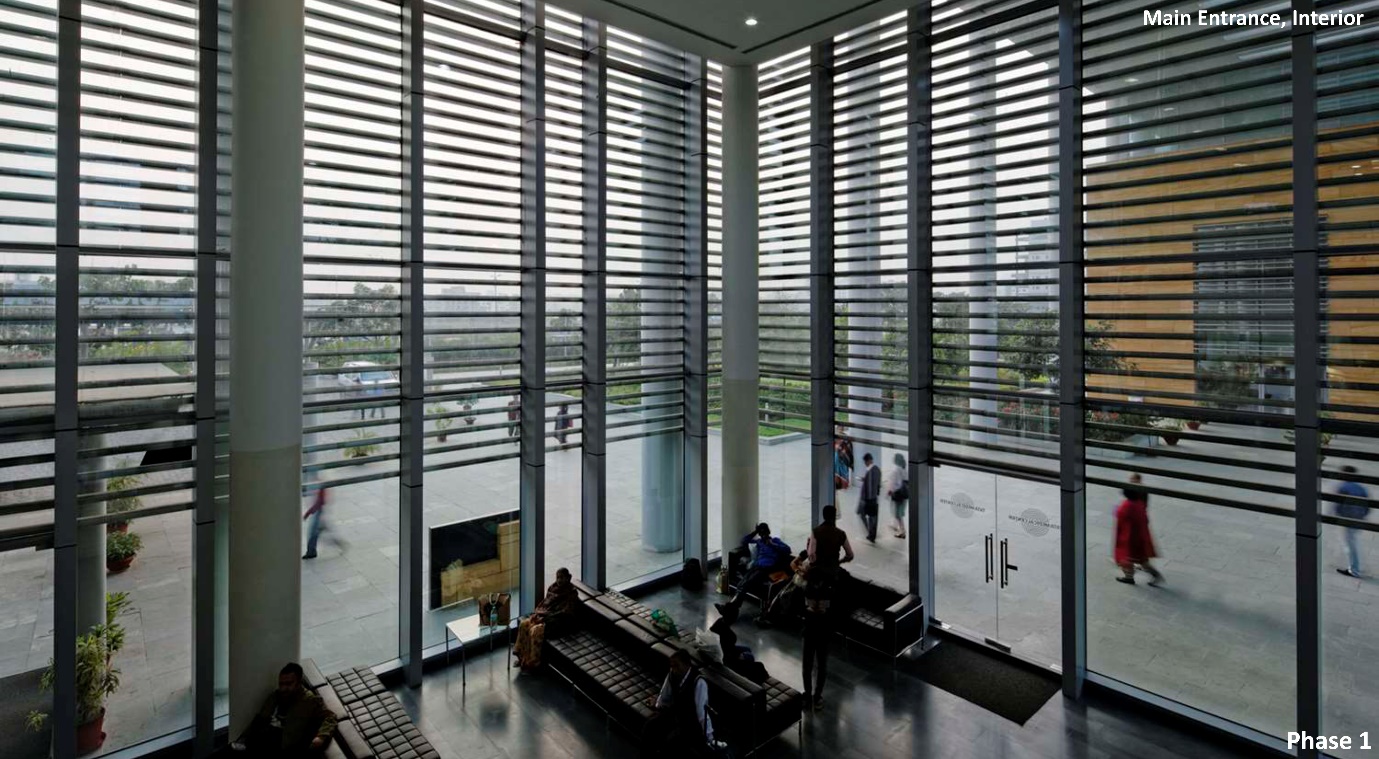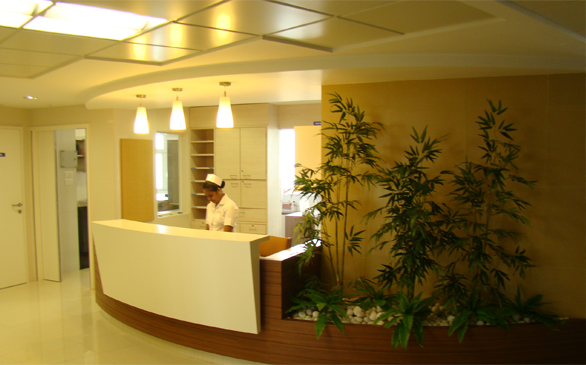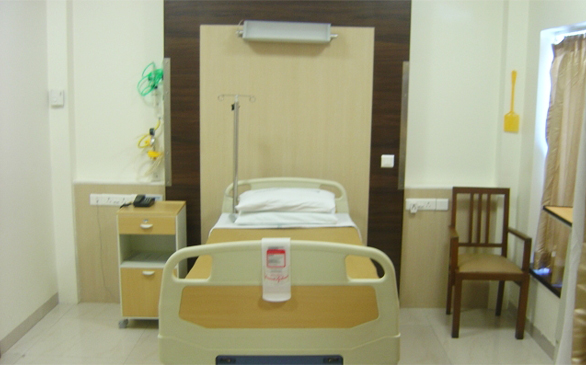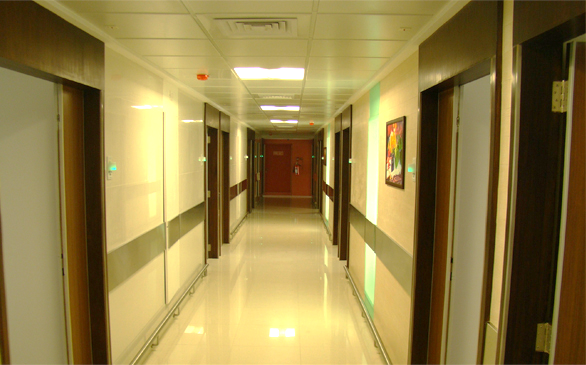"Smart cities Improve Lives"
"Smart Cities focus on the most pressing needs and on the greatest opportunities through careful planning."
Smart Cities embrace ideas that have been proven
elsewhere and customize them to meet genuine local needs. In turn, these
efforts serve as exemplars, showing the way for others to follow.
Good ideas come in many shapes and sizes, and are
designed to improve quality of life. They may involve technology,
institutional or managerial reforms, and the involvement of citizens.
The choice of solution is only smart if it is right-sized to the
challenge it aims to address; bigger isn’t necessarily better.
What’s The Real Mean of ‘Smart City’?
A city can be defined as ‘smart’ when investments in
human and social capital and traditional (transport) and modern (ICT)
communication infrastructure fuel sustainable economic development and a
high quality of life, with a wise management of natural resources,
through participatory action and engagement.
Experts predict the world’s urban population will
double by 2050 – which means we’re adding the equivalent of seven New
York Cities to the planet every single year. As our planet becomes more
urban, our cities need to get smarter. To handle this large-scale
urbanization, we’ll need to find new ways to manage complexity, increase
efficiency, reduce expenses, and improve quality of life.
With this rapid growth ahead of us, imagine if our
cities could talk—if they could give us live status updates on traffic
patterns, pollution, parking spaces, water, power and light. Imagine how
that kind of information could improve the economic and environmental
health of the city for residents, merchants, and visitors. Imagine how
it could improve working conditions and productivity for the people who
maintain the city.
Smart City: A smart city is one that has digital technology embedded across all city functions.
Smarter City uses digital technology and information
and communication technologies (ICT) to better quality and performance
this engage more effectively and actively with its citizen. The Smart
City includes government services, transport, traffic management,
energy, health care, water and waste.
Case Studies - A Step towards a Smarter India
Case Study 1:
HUBLI: PREDICTING WATER SUPPLY THROUGH MOBILE TECHNOLOGY
To help citizens plan better, Hubli partnered with a
civic startup to develop an system that would alert residents 30 minutes
in advance that water was about to be released for their neighborhood.
The Problem
Water supply is
unpredictable in many cities across India. The citizens of Hubli in
Karnataka, too, do not have access to a regular supply of water. In many
neighborhoods, water is not available for
days, affecting the
quality of life of residents. Predicting when an area would receive
water is difficult because the municipality does not have the resources
to update neighborboods on time.
The Solution
Hubli city partnered
with NextDrop, a Bangalore-based civic startup, to alert residents
about the availability of water in their households. Valvemen,
responsible for turning water on, notify an
automated system when
they are about to release water for a neighborhood. The system sends the
information to NextDrop, which in turn sends a text message to
residents that have subscribed to a 10-rupee service that water would be
available within 30 minutes.
The Results
Over 25,000
households in Hubli have signed up for the service. With access to
timely information, users of the service find it easier to make
necessary arrangements for storing water. The system has
improved efficiency and allowed for better access to water.
Case Study 2:
NAGPUR: PROMOTING ENERGY MANAGEMENT PRACTICES TO IMPROVE WATER
EFFICIENCY
The Problem
A 2005 water audit by
the Nagpur Municipal Corporation recorded water losses at 62%. Energy
costs in 2004-05 were 21.1 crore rupees, accounting for nearly 50% of
the city’s water operation and maintenance. The city knew that it had to
improve its energy management, both to save resources and to help
prolong the life of the city’s water supply equipment.
The Solution
After the audit, the
Nagpur Municipal Corporation’s initiated a study of its water situation
that found that pumping system efficiency was low and there was
significant potential to both increase energy efficiency and decrease
operational costs. The audit recommended setting up an automated water
management system. Based on the recommendation, the Nagpur Municipal
Corporation rationalised water distribution and pumping systems to
reduce static and friction. It replaced old, inefficient pumps with
energy efficient pumps; improved pump machinery; and installed remote
monitoring systems to operate the pumps at prescribed efficiency levels.
The Results
The city’s strategy
led to a 106.96 Kwh/MLD reduction in energy consumption. It also helped
the city to recover 7 MLD of backwash water and save more than 10 crore
rupees in operation and management costs. Pumping efficiency rose from
40% to 75%. The Nagpur Municipal Corporation’s experience shows that a
structured approach, specific investment funding, and timely
implementation can help to achieve tangible savings.
Case Study 3
HYDERABAD: SOLICITING CITIZEN FEEDBACK TO IMPROVE SERVICE DELIVERY
The Problem:
Citizens were
reporting problems with garbage delivery, road maintenance, and street
lighting to the Greater Hyderabad Municipal Corporation (GHMC), but the
city encountered difficulties responding to all citizen complaints in a
timely manner.
The Solution
The GMHC established
an online complaints and reviews system to improve services available
to citizens. The system includes 4,687 citizen service centres, a
48-hour response deadline and an
additional crowd complaint option
that allows multiple people to escalate a complaint by contacting local
officials and lodging any grievances. The government also makes 12
monitoring vehicles
responsible for monitoring 2,000 kilometres of
Hyderabad. These vehicles gather photographic and video evidence to help
government identify and address local problems.
The Results
The complaints system
enabled the GHMC commissioner and other senior officials to closely
monitor services including garbage delivery, manhole coverage, street
lighting, stray dogs, toilet facilities, potholes and illegal
constructions. Today, 30% of complaints to GHMC are made online, and the
government has also launched a mobile app in partnership with the
private sector that will make reporting grievances even easier.
Case Study 4
MUMBAI: BRINGING SANITATION SOLUTIONS TO URBAN SLUMS
The Problem
In 2011, more than
50% of homes in Mumbai did not have toilets, meaning a large proportion
of the population depended on public toilets. The result: toxic bacteria
in the air and the water, which
spreads disease.
The Solution
The Municipal
Corporation of Greater Mumbai (MCGM) and community-based agencies worked
together with communities to install 330 modern and technological
“toilet blocks” — including 5,100 toilet seats.
The Results
Mumbai’s Slum
Sanitation Programme created enough sanitary facilities to serve 400,000
people in the slums of Mumbai, improving the health of citizens and
infrastructure of the city. The new facilities received a 15% higher
approval rating from citizens than the contract-run toilets they
replaced.
